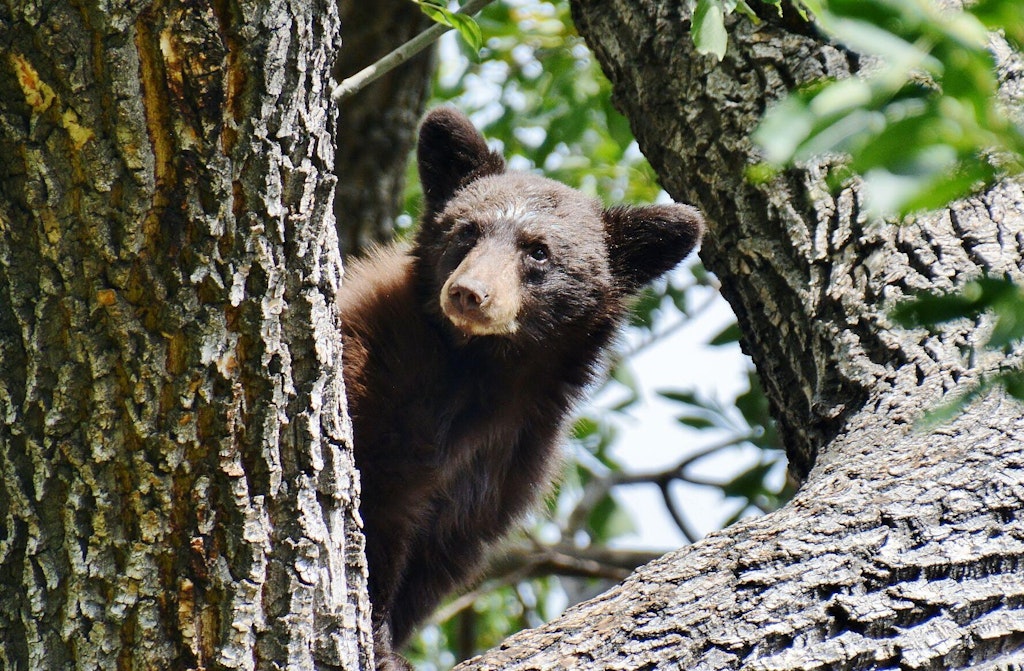Aspen Strengthens Wildlife Program with Community-Focused Initiative

Aspen’s Parks Department Takes Charge of Wildlife Program, Reduces Bear Encounters by 25%
In a significant step towards fostering a harmonious coexistence with wildlife, the city of Aspen has transitioned its wildlife program from the Police Department to the Parks and Open Space Department. This strategic move is more than just a bureaucratic shift; it’s a powerful commitment to enhancing community engagement and education around bear awareness and safety, as highlighted in a recent city memorandum.
Central to the success of this newly empowered program is the hiring of Lara Xais as Aspen’s full-time wildlife coordinator. With Xais at the helm, the city is now better equipped to focus on the critical work of educating residents about living alongside wildlife. The program’s focus on education and outreach has expanded significantly, ensuring that residents are informed and prepared to coexist with the diverse wildlife that calls Aspen home.
The impact of these efforts is already visible. Since the program’s transition, there has been a remarkable 69% increase in compliance with trash container regulations and a 25% decrease in bear intrusions into trash. These statistics are not just numbers; they represent a meaningful reduction in the dangers posed to both humans and bears. The reduction in incidents requiring Colorado Parks and Wildlife’s intervention further underscores the program’s effectiveness.
But the city isn’t stopping there. The program has intensified its outreach efforts through partnerships with local organizations like the Roaring Fork Bear Coalition and the Aspen Center for Environmental Studies. These collaborations are critical in amplifying the message of wildlife safety and awareness. Additionally, a $64,260 grant from CPW will fund crucial resources like bear-resistant trash cans and deterrents, as well as the replacement of fruit-bearing trees that attract bears into urban areas.
However, the program is not without its challenges. The introduction of compost receptacles, which are not bear-resistant, has added to the workload. Furthermore, managing bear incidents at shared trash compactors downtown remains a complex issue, as does the inconsistent performance of wildlife-resistant containers.
Looking forward, the wildlife program has ambitious goals for 2025. These include hosting a valley-wide meeting of wildlife managers to share knowledge and improve practices, expanding community education efforts, and developing interpretive signage in key wildlife habitats. These initiatives are designed to deepen public understanding of the risks and responsibilities associated with living in proximity to wildlife.
As Aspen’s population continues to grow, so too will the number of wildlife interactions. The city’s proactive stance on education and outreach is essential to preventing dangerous encounters and ensuring that wildlife can continue to thrive in their natural habitats, even as urban areas expand.
The message is clear: Coexisting with wildlife is not just about responding to incidents—it’s about creating a community that understands and respects the natural world around it. With continued effort and collaboration, Aspen is paving the way for a future where humans and wildlife can share the landscape in safety and harmony.
